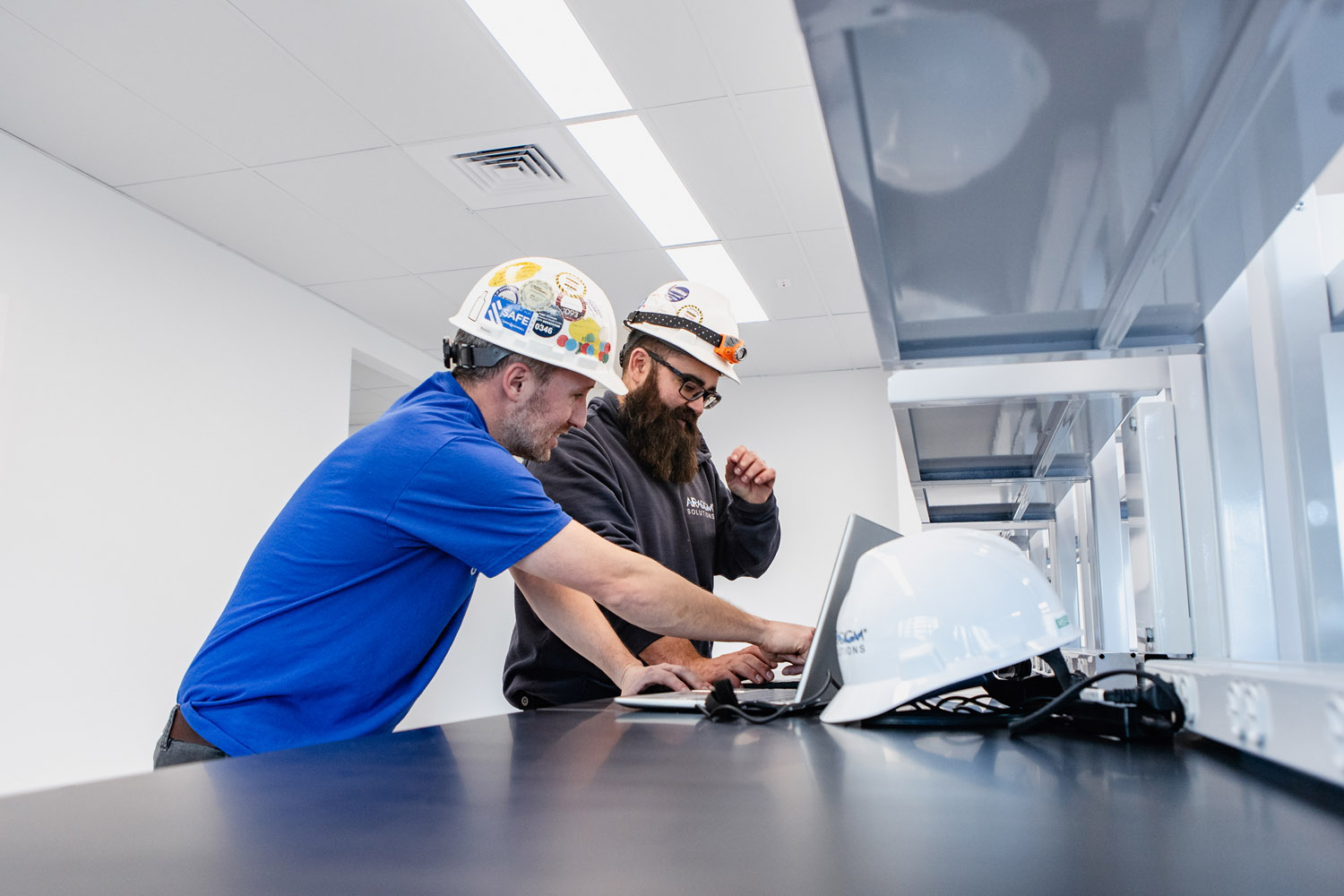Skilled Work That Is Always in Demand
Air Balancing Technicians are in high demand right now because of a shortage of qualified workers. This ongoing trend is expected to continue into 2022 and beyond, even in this unpredictable economic environment.
Air Balancing is a testing service that optimizes indoor airflows. An Air Balancing Technician utilizes special testing instruments to measure and proportion air and water flows throughout new and existing commercial buildings. This requires a very highly skilled and well-trained technician to perform these tasks. Air Balancing is a necessary part of the construction process, meaning that your job is always in demand. HVAC (Heating, Ventilating, and Air Conditioning) units require proper testing, adjustment, and balancing before a building is considered complete. It is the air balancing technician’s responsibility to complete this task.
It is not only new builds and retrofits that require our services — national chains also need yearly testing to ensure the building is comfortable for all customers, meaning there is always a demand for work. At Airadigm Solutions, we operate throughout all 50 states, allowing us to work anywhere in the country.
The following essential statistics describe the surge in skilled trade opportunities and highlight why a career in Air Balancing is a compelling choice.
- The Bureau of Labor Statistics has estimated better-than-average employment in building trades through 2026.
- The commercial construction industry grew by over four percent over the last five years.
- There will be more than two million manufacturing-skilled labor jobs vacant by 2028.
- As technicians in the construction industry, our work is considered essential and is rarely disrupted.
- Apprenticeship programs decreased as companies eliminated programs that didn’t contribute to the bottom line.
- Retiring baby boomers have left jobs now open, as 31 million positions are expected to become vacant due to baby boomer retirement estimates, according to Adecco.
- Skilled trades have a bad reputation among younger generations, who prefer jobs that are not overly physical (but not necessarily higher-paying).
- Many skilled labor businesses are family-owned, and the younger generations are interested in different career paths.

Consistent Career Path With a Lot of Opportunities
All skilled labor professions are highly sought-after positions. There is a high demand for workers trained in specialized fields, ensuring job security and evident career growth. For example, air balancers need to be trained in specific technologies, crafts, and procedures to do the job right, meaning that the more you know, the more valuable an employee you are to the company. This leads to opportunities for growth in construction, manufacturing, and other industries.
There Is a Shortage of Skilled Labor Across the United States
As the construction industry grows, so does the need for air balancing technicians. At Airadigm Solutions, you don’t need prior industry experience; we welcome anyone interested in applying. Additionally, our Technical Academy trains new hires, transforming them into skilled technicians with the expertise to tackle any project.